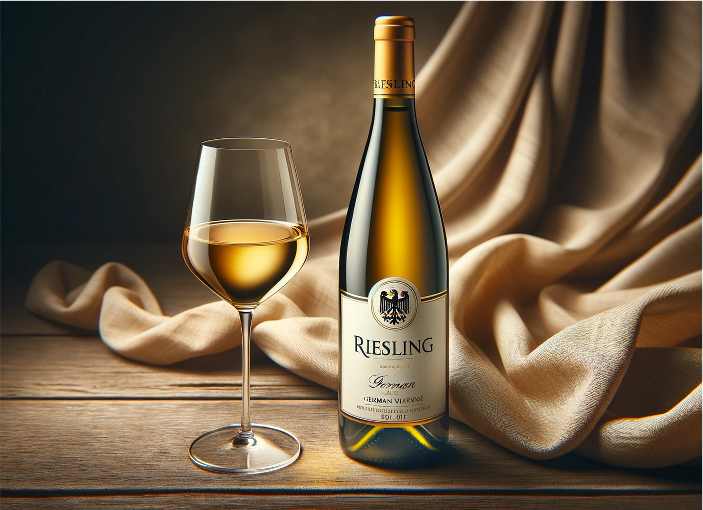
The Good Housekeeping Institute’s annual Wine Awards panel, consisting of 10 WSET-accredited experts, sampled various bottles to identify the Best German Rieslings, for 2023.
German Riesling wines are renowned for their sophisticated flavours, intricate depth, and invigorating zest. These wines offer a spectrum of tastes, from exceedingly dry to delightfully sweet, and usually feature a lower alcohol content, around 8-11% ABV. Apart from one from Laithwaites, they are all from supermarkets.
Gunderloch Riesling Dry QbA
ABV: 12%
Price: £17
Available at: Ocado
This dry Riesling is a favourite among connoisseurs, offering a burst of green bell pepper and citrus zest. It’s an ideal companion for Thai dishes.
Waitrose Blueprint German Dry Riesling
ABV: 12%
Price: £8
Available at: Waitrose Cellar
With its subtle minerality and light, aromatic profile, this Riesling is a fantastic match for fish and spicy chicken dishes.
Leitz Magdalenenkreuz Riesling Kabinett
ABV: 8.5%
Price: £10
Available at: Waitrose
This lighter Riesling is filled with lively lemon and lime notes, making it a versatile choice for Asian cuisine or as a standalone aperitif.
Tesco Finest Mosel Steep Slopes Riesling
ABV: 11%
Price: £7
Available at: Tesco
This Riesling, part of Tesco’s premium range, features a honeyed aroma and stone fruit flavours, balanced by a zesty acidity. It’s a great pairing for sushi, crab, or fresh salads.
Abtei Himmerod Riesling Spatlese
ABV: 8.5%
Price: £11
Available at: Ocado
This late-harvest Riesling is rich and leans towards the sweeter side with nuances of apricot and smoky undertones. It’s excellent with cheese and spicy dishes.
Dry Karp Riesling
ABV: 12%
Price: £15
Available at: laithwaites.co.uk
This Riesling strikes a perfect equilibrium between tart citrus flavours and mineral freshness, making it a superb aperitif for any event.
Lidl Thörnicher St Michael Feinherb Riesling
ABV: 10.5%
Price: £5
Available at: Lidl
This budget-friendly Riesling from Lidl offers a blend of sweet peach notes and refreshing acidity, making it an excellent choice for spicy takeaways.













